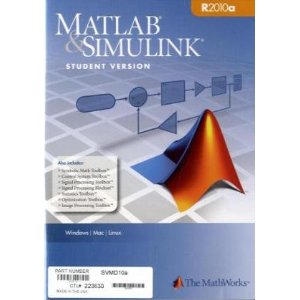Course Information
Overview
Concepts and mathematical tools in signal processing and linear systems analysis, illustrated with examples from signal processing, communications, and control. Mathematical representation of signals and systems. Linearity and time-invariance. System impulse and step response. Frequency domain representations: Fourier series and Fourier transforms. Filtering and signal distortion. Time/frequency sampling and interpolation. Continuous-discrete time signal conversion and quantization. Discrete time signal processing. Prerequisite: Calculus.
Class Time and Location
MWF 9:30–10:20
300-300
Language Corner of the Main Quad
Review Session
Monday Evening
To be arranged
Grading
Weekly homework and labs (20%)
2 Midterms (20% each)
Final (40%)
Assignments and Labs
Assignments will be handed out on Wednesdays, and due a week later. The assignments include both problem sets and labs. You are welcome to work in groups, but we ask you to write up your own solutions. The Midterm and Final questions will be very much like the assignments, and are excellent preparation. Make sure you understand the problems and the solutions.
The labs will use matlab, which you are encouraged to have on your own computer. This is a tremendously useful program for any engineer. You don't need to know matlab in advance, the labs will introduce the key concepts as the quarter progresses. The labs will emphasize processing real data sets, to give you a sense of what signal processing is actually like in practice.
Textbook
Come to class before buying this book. This is textbook is not required.

Signals and Systems (2nd Edition)
Allan V. Oppenheim, Alan S. Willsky, with S. Hamid
amazon link

Student MATLAB
Available at the Stanford Bookstore (upstairs)
Or buy it online from Mathworks (probably more recent version)